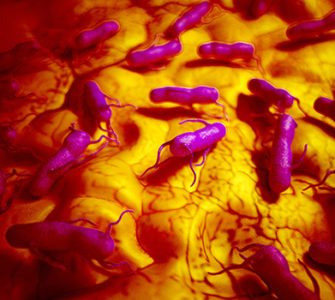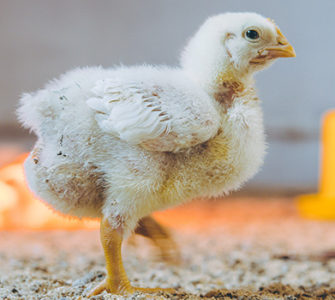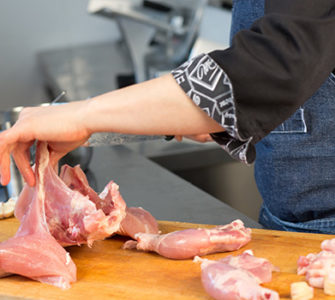USDA urged to give producers time to trial Campylobacter and Salmonella interventions
Greater flexibility is needed in official Salmonella and Campylobacter testing regimes in order to support poultry producers and processors who are trialing new interventions to tackle both pathogens.
Dr. Ashley Peterson, PhD, senior vice president of scientific and regulatory affairs, National Chicken Council, said the US poultry industry has made great progress in reducing Salmonella levels to well below the standards set by the USDA’s Food Safety and Inspection Service (FSIS).
However, because methods for controlling Salmonella might not have similar success with Campylobacter, processors and producers need freedom to trial different interventions without facing punishment if those techniques are not as successful as they hoped.
Speaking to Poultry Health Today, Peterson said the FSIS’s move to a more sensitive enrichment-testing strategy hit Campylobacter rates in US processing facilities hard, causing the industry to jump from 5% to 25% in a matter of months.
And while the FSIS is rethinking its standards for Campylobacter, with a new standard for chicken parts and whole birds expected later in 2020, the leap in the number of facilities not meeting performance standards could raise issues in trialing ways to reduce the pathogen’s prevalence, she said.
“One of the challenges that we have as an industry is we may want to try a new intervention, but if we try a new intervention and that doesn’t work, USDA is still taking samples,” Peterson explained.
“Let’s say you change your pH, or you change your antimicrobial. And now all of a sudden USDA comes in and takes a sample, and you get positive Salmonella [which is] going to count against your performance standard.
“So we’ve asked the agency for a bit of time to trial some of these interventions to see if they work for both Campylobacter and Salmonella, and that’s still an opportunity that we continue to pursue.”
Peterson said understanding how Campylobacter reacts to live production pressures such as litter treatments or feed additives and antimicrobials used in processing is important for the industry — particularly until a vaccine is developed.
“[Creating a vaccine] is really an opportunity for some of our allied companies to help us,” she added.
“Because if we could get a Campylobacter vaccine that worked and helped us reduce the load of Campylobacter going into the processing plant, I think that would really help us with the prevalence.”
Until a vaccine is developed, Peterson said there are opportunities for processors to help improve Campylobacter levels, including antimicrobials that may be used in different concentrations or at different pH levels in the processing plant.
However, trialing those different concentrations and pHs again requires flexibility in Salmonella and Campylobacter testing by the USDA, she added.
Despite the challenges in finding effective intervention measures, Peterson said she is confident the next 5 years will see Campylobacter — and Salmonella — figures in the US fall even further.
“We’ve done a really good job since 2006, once [the FSIS] started publishing the data,” she said.
“But I think we’ll continue to make great progress…And we’ve got to work with our allied members to help provide intervention strategies, whether that’s on the farm or in the processing plant.”
Posted on June 28, 2020

















